Why the Gallery of Living History?
Statues are often points of contestation.
A statue of Edward Jenner, the doctor, and scientist who is remembered as the champion of the world's first vaccine stands in London’s Kensington Gardens. It was sculpted by William Calder Marshall and was originally placed in Trafalgar Square in 1858. But, just like today, there were anti-vaxxers who didn’t like his work and so opposed his statue. There was also strong opposition from the military because, in 1858, Trafalgar Square only included statues of well-known military figures, so it was moved in1862 to Kensington Gardens.
In fact, a newspaper at the time wrote about the appalling idea that a mere civilian, a doctor, should stand with great military men.
In contrast, a statue of Charles James Napier by the sculptor George Gammon Adams stands in Trafalgar Square in London. It was placed there in 1855, on one of the four plinths. This was clearly thought of as more appropriate because Napier was an officer in the British Army, and served in the Peninsular War of 1812, and became Commander-in-Chief in India.
Napier was chief of troops in the north of England after 1839, a time when early rights campaigners called the Chartists protested about low wages and poor conditions in Britain's factories. He used his troops to stop the protests – even though he later wrote that he had some sympathy for them.
Later in the 1930s, it was suggested that the statue of Napier in Trafalgar Square should be replaced by Admiral Beatty who at that time was better known.
The Untold
The Gallery of Living History is passionate about uncovering, exploring and sharing the untold stories of history, like the story of Arthur Kwame Wharton, the world’s first official fastest man and the first black professional footballer. Stories like this one, told by the Arthur Wharton Foundation, exemplify the Gallery of Living History’s mission to tell untold stories.
To learn more, watch this video produced by the Arthur Wharton Foundation
In the current context, when we have seen how important vaccines can be to human survival, it seems a good time to look again at the arguments that might support the idea of Jenner’s statue having the position of importance in Trafalgar Square! Significantly, there is an unsung heroine and a group of people in the story of the birth of vaccines – who were instrumental in the creation of vaccines much earlier than Jenner.
In the 17th Century smallpox was the disease that ravaged Europe, and a British aristocrat Lady Montagu Wortley who travelled back and forth to Turkey noticed something and wrote:
“I am going to tell you a thing, that will make you wish yourself here. Smallpox, so fatal, and so general amongst us, is here entirely harmless. There is a set of old women, who make it their business to perform the operation, every autumn, in the month of September, when the great heat is abated. People send to one another to know if any of their family has a mind to have the small-pox; they make parties for this purpose, and when they are met (commonly fifteen or sixteen together) the old woman comes with a nut-shell full of the matter of the best sort of small-pox and asks what vein you please to have opened. She immediately rips open that you offer her, with a large needle (which gives you no more pain than a common scratch) and puts into the vein as much matter as can lie upon the head of her needle, and after that, binds up the little wound with a hollow bit of shell.”
This reduced smallpox dramatically. So perhaps we ought to celebrate Lady Mary and the old women of 17th Century Turkey who brought the concept of inoculation to these shores.
The Gallery of Living History is set up to encourage us to be time explorers and constantly to review our history, to tell the stories of the unsung and to celebrate their achievements alongside those who are already being celebrated, whether it is a grandmother who came to these shores, leaving everything behind to start a new life so that her family would be safe from terror or the Coventry firefighters of World War II who fought to save the City and its old cathedral.
The GoLH wants to tell these stories, whether it is Coventry resident and female composer, Delia Derbyshire who wrote the Dr Who theme tune, inspired by the air raid warning sirens that she heard over the City, and who, herself inspired the growth of electronic music, or the ordinary people who welcomed and supported slave abolitionist Frederick Douglass when he came to Coventry in the 18th Century, or the builders of the new Coventry Cathedral in the 20th Century – all of these and countless others have brilliant stories that we need to know and to celebrate!
Get involved and tell the untold stories of history and history-in-the-making!
Make a donation.
The Gallery of Living History is a charity and has been entered onto the Register of Charities with the Registered Charity Number 1206916
To support the work of the Gallery of Living History, click the button below to donate.


